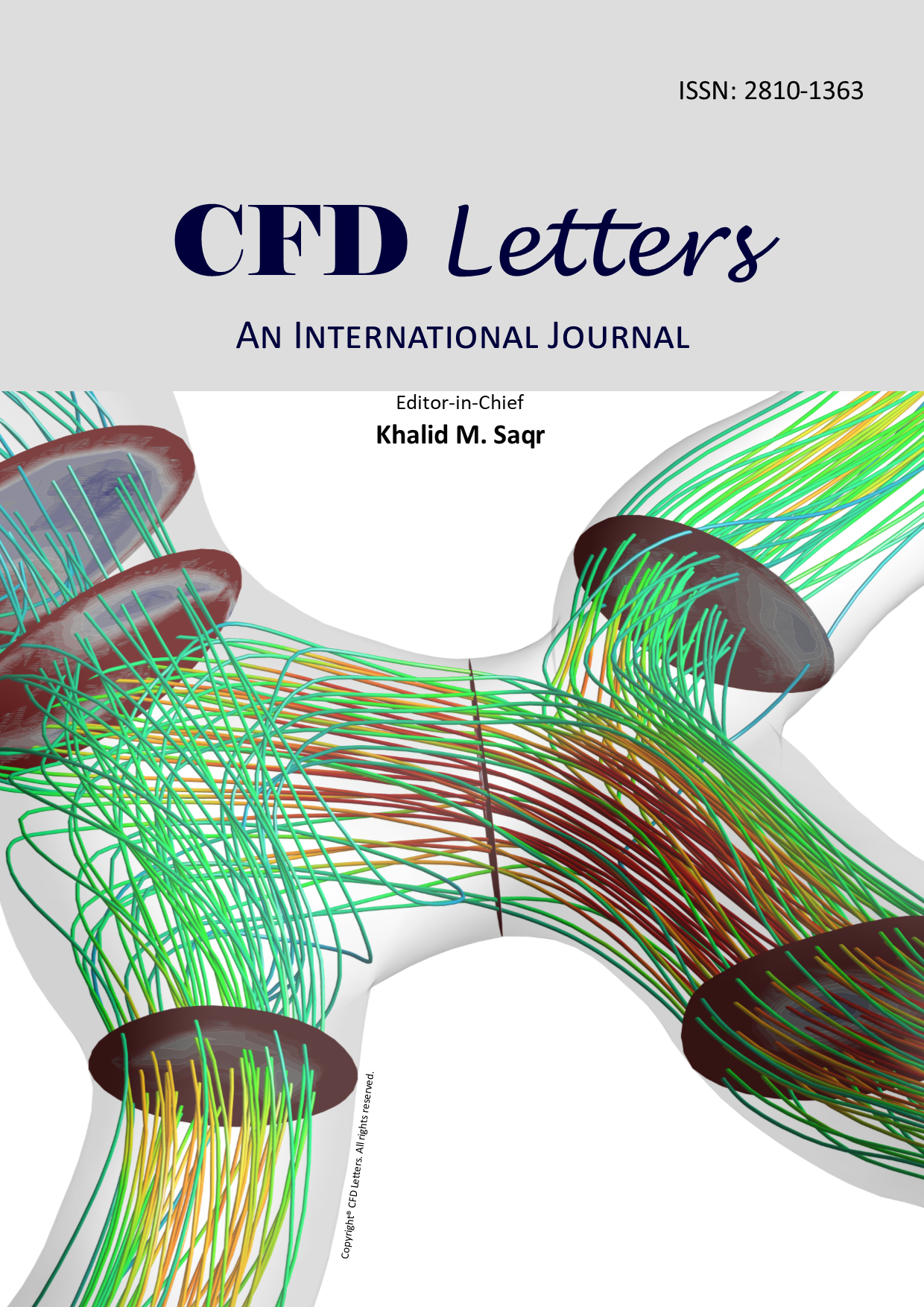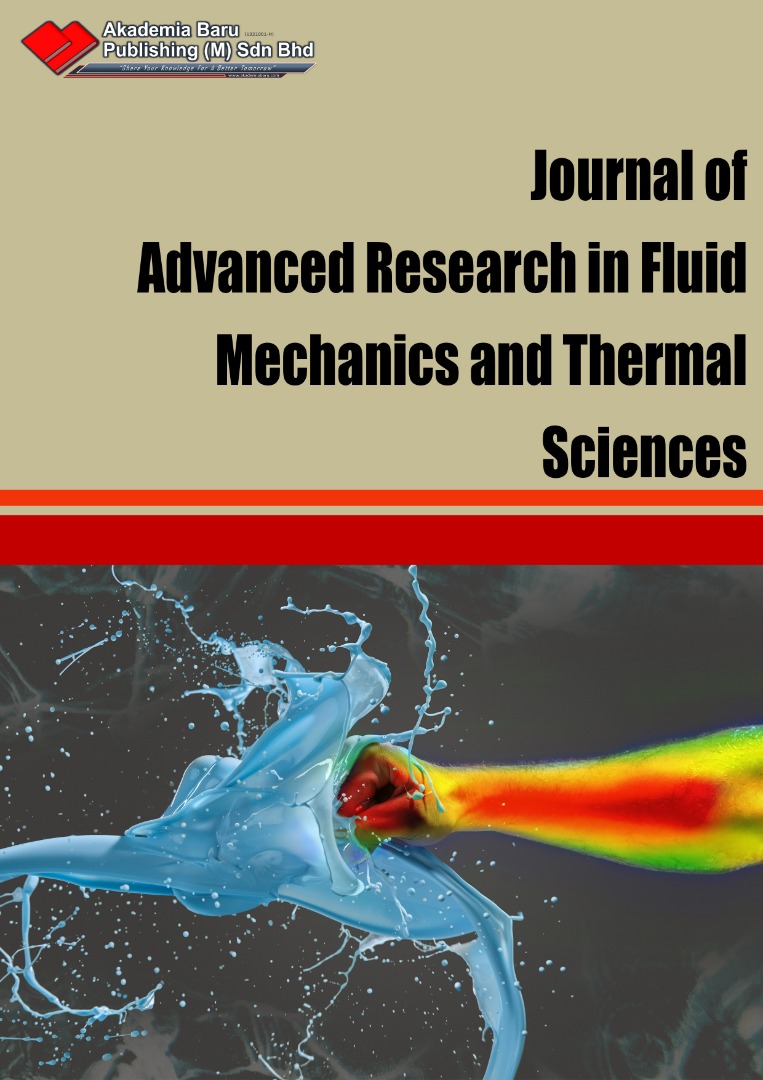A New Modified k-? Turbulence Model for Predicting Compressible Flow in Non- Symmetrical Planar-Curvature Converging-Diverging Supersonic Nozzle
Keywords:
dissipation rate, k-ε RNG, k-ε standard, RSM, turbulence kinetic energyAbstract
Convergent-Divergent (CD) nozzle of a compressible fluid is a common device to accelerate fluid flow to a higher supersonic speed and to direct or modify the fluid flow. CD nozzle has been applied in wide range of fluid equipment such as turbine power, chemical mixing equipment, turbo-jet engine, and rocket. The performance of CD nozzle is strongly affected by its geometry at certain pressure ratio and the flow characteristic. In the case of complicated flow phenomena within a supersonic flow, especially in the turbulence flow, many studies use the computational simulation to obtain the detailed behavior and properties of flow. However, the k-epsilon turbulence model has limitations in predicting the effect of dissipation due to the viscous friction. This study aims to propose the new modified k-? turbulence model in planar- curvature Convergent-Divergent (CD) nozzle of a compressible fluid. Two equations model of modified Standard k-? for predicting the compressible flow within planar- curvature CD nozzle was discussed. The simulation model was run in 2D and steady, while fluid was assumed as an ideal gas with domain size was 0.65 m length, 0.071 m width. In addition, it has been discretized in 3510 structured independent grid cells. The results depicted that in the divergent section of the nozzle (supersonic region), the fluid expansion caused the change in fluid parameters such as time-average of pressure, temperature, density, and velocity. This study found that the expanded cross-sectional area with non-symmetrical planar curvature affected the turbulence behavior and properties. Furthermore, the new modified constants of c2 in dissipation equation and c? of eddy viscosity model could give a better prediction than the original constant of the k-? turbulence model.













